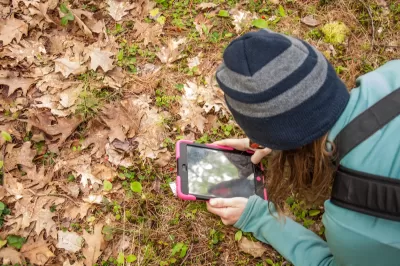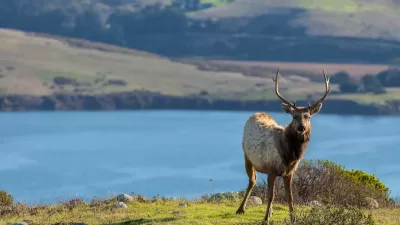Community science platforms like eBird and iNaturalist enhance early detection of invasive species, complementing professional surveillance and highlighting the need for stronger collaboration between the public and official authorities.

Early detection is crucial for managing invasive alien species (IAS), which pose significant threats to ecosystems, economies, and public health. While official surveillance is vital, a new study highlights the critical role of community science platforms, such as eBird and iNaturalist, in identifying these species. Analyzing 600 official first records of IAS from 30 countries, researchers compared professional databases with 220 million records from public platforms, finding that community contributions were earlier than official reports in 20 percent of cases and equally timed in 30 percent, showcasing the platforms' effectiveness in complementing formal surveillance.
The research revealed variations in early detection by species type and geography. Species regulated at the European level or observed in neighboring countries were reported more quickly on public platforms, likely due to heightened awareness. However, some obscure species requiring specialized identification techniques were detected faster by professional scientists. Countries like Sweden and the Netherlands stood out for their high rates of public-first detections, demonstrating the potential of integrating citizen data with professional monitoring systems to enhance IAS management.
To unlock the full potential of public participation in IAS detection, researchers recommend improved collaboration between authorities and community science platforms. Governments should ensure data from public contributions flow seamlessly into open databases and invest in technologies that support citizen reporting in under-surveyed areas. Strengthening these partnerships can enhance global IAS management and foster a more inclusive approach to biodiversity conservation.
FULL STORY: Unlocking the full potential of community-led surveillance of invasive species

Alabama: Trump Terminates Settlements for Black Communities Harmed By Raw Sewage
Trump deemed the landmark civil rights agreement “illegal DEI and environmental justice policy.”

Study: Maui’s Plan to Convert Vacation Rentals to Long-Term Housing Could Cause Nearly $1 Billion Economic Loss
The plan would reduce visitor accommodation by 25% resulting in 1,900 jobs lost.

Why Should We Subsidize Public Transportation?
Many public transit agencies face financial stress due to rising costs, declining fare revenue, and declining subsidies. Transit advocates must provide a strong business case for increasing public transit funding.

Paris Bike Boom Leads to Steep Drop in Air Pollution
The French city’s air quality has improved dramatically in the past 20 years, coinciding with a growth in cycling.

Why Housing Costs More to Build in California Than in Texas
Hard costs like labor and materials combined with ‘soft’ costs such as permitting make building in the San Francisco Bay Area almost three times as costly as in Texas cities.

San Diego County Sees a Rise in Urban Coyotes
San Diego County experiences a rise in urban coyotes, as sightings become prevalent throughout its urban neighbourhoods and surrounding areas.
Urban Design for Planners 1: Software Tools
This six-course series explores essential urban design concepts using open source software and equips planners with the tools they need to participate fully in the urban design process.
Planning for Universal Design
Learn the tools for implementing Universal Design in planning regulations.
Smith Gee Studio
Alamo Area Metropolitan Planning Organization
City of Santa Clarita
Institute for Housing and Urban Development Studies (IHS)
City of Grandview
Harvard GSD Executive Education
Toledo-Lucas County Plan Commissions
Salt Lake City
NYU Wagner Graduate School of Public Service





























